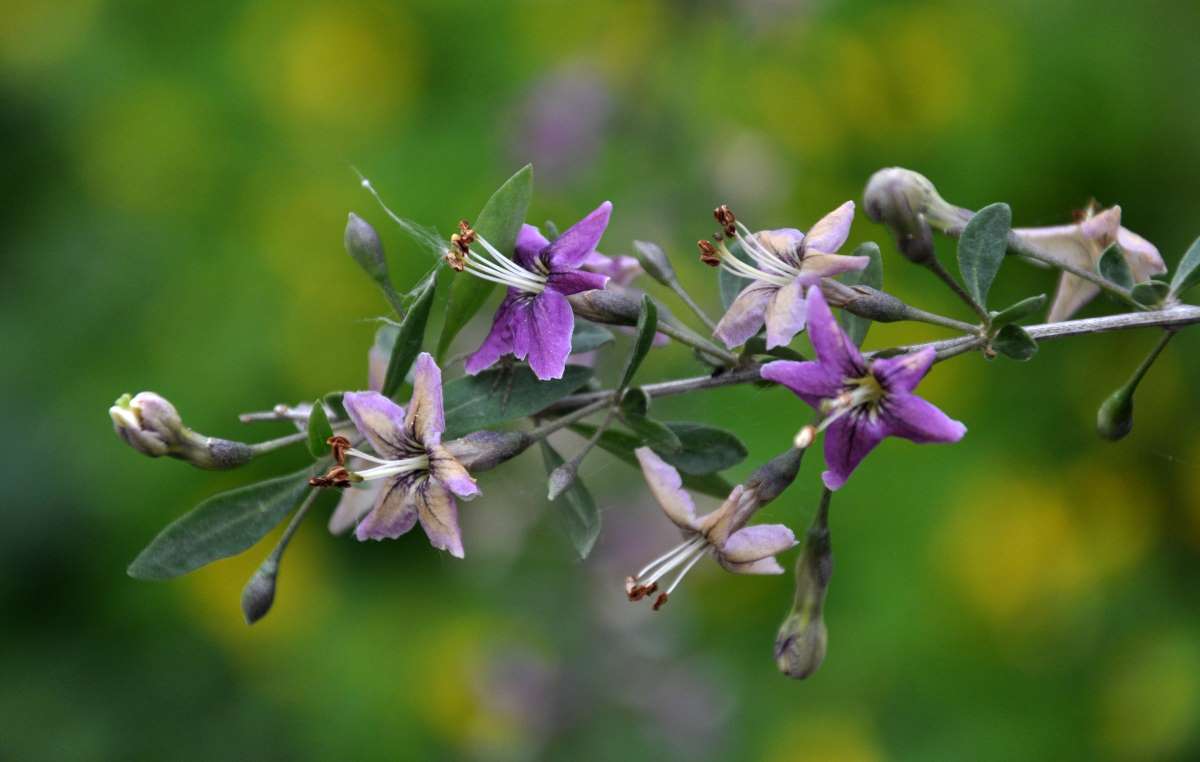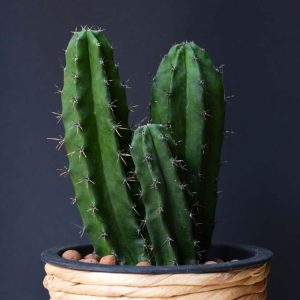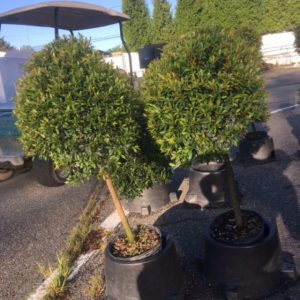Description
Lycium – Boxthorn –
There are about 100 species of sometimes spiny, deciduous and evergreen often erect or scrambling shrubs, in this genus. They occur throughout temperate and sub tropical regions, usually in dry soil. They produce elliptical, smooth edged leaves, held alternately. They bear bell shaped or tubular white, green, or purplish flowers held singly or in clusters of up to 4. Grown for their habit, flowers, and ovoid fruits, the are useful for a shrub border or for covering a dry bank, the are particularly effective as a windbreak or hedge in coastal garden.
Grow in poor to moderately fertile, well drained soil in full sun. Tolerant of salt spray and saline soil.
Prone to powdery mildew and rust.
L. barbarum – L. halimifolium – L. chinense – Matrimoony Vine – Duke of Argyllis Tea Tree – Chinese Box Thorn – This variable, vigorous, erect or wide spreading, sometimes scrambling, often spiny, deciduous shrub found from Southeastern Europe to China grows 10′ feet or more tall and 15′ feet wide. From long, arching branches it carries narrowly oblong-lance-shaped, elliptic, or ovate, mid green to gray green leaves, to 2 ½” long. In late spring and summer it bears small clusters of 1-4 funnel shaped, purple, lilac, or pink flowers, to 1/4″ long, followed by ovoid, orange-red or yellow berries, to 1″ in diameter.
Zones 6-9





